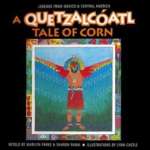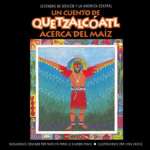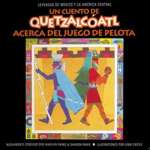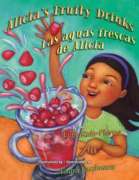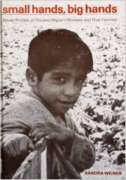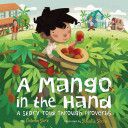
Francisco is finally old enough to journey to the mango grove all by himself to gather the mangoes for a special dinner. But bees swarm the fruit, and Francisco has trouble picking them from the tree. He returns to his father several times, and each time his father shares a different proverb to inspire Francisco to continue trying. “Querer es poder. Where there’s a will, there’s a way!” Finally, Francisco is able to gather some mangoes, and on his way home he stops to visit his uncle, grandmother, and aunt. Francisco shares his mangoes with them, and by the time he gets home he no longer has any! “Es mejor dar que recibir. Sometimes it’s better to give than to receive.” Luckily for Francisco, his generosity does not go unnoticed. “Amor con amor se paga. Love is repaid with love.” Readers are sure to be charmed by this humorous story about problem solving and sharing. The book includes a glossary of Spanish words.
